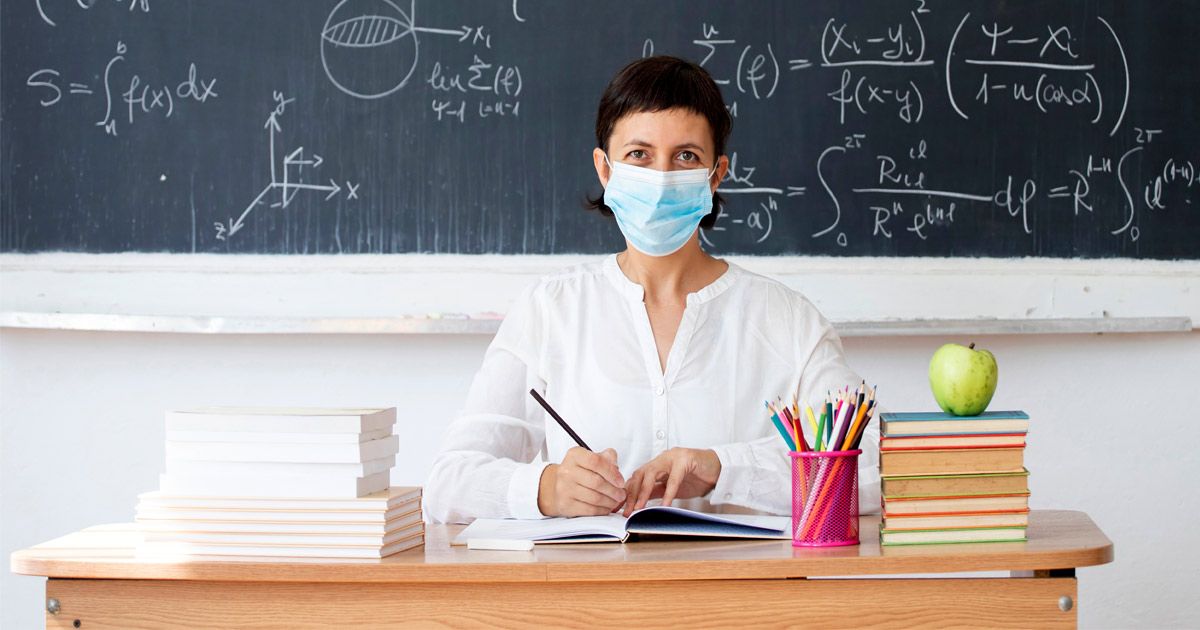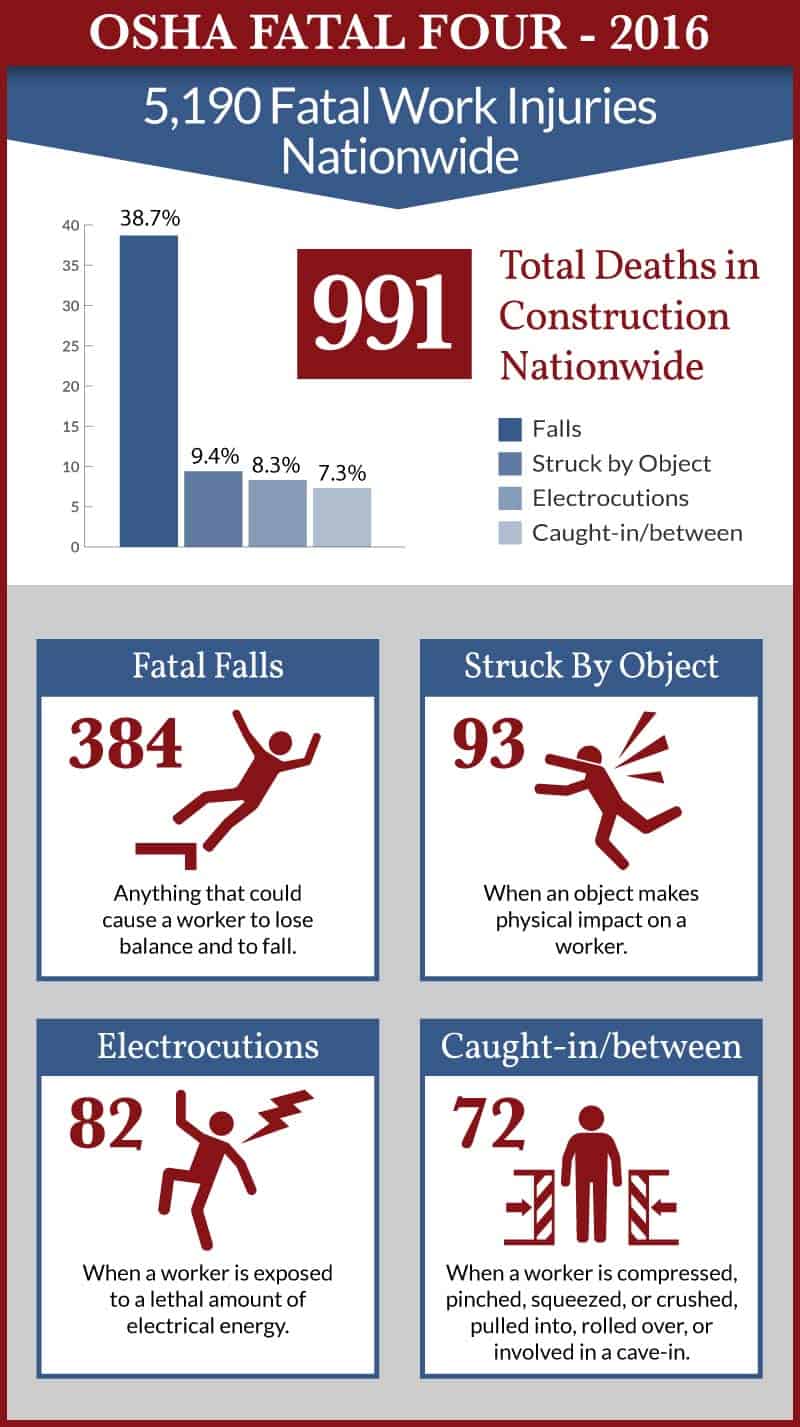What are Some Safety Tips for Teachers for the New School Year?

Getting ready for a new school year is always stressful. This year is especially difficult with many additional risks. Teachers already face hazards at work. Heavy desks, bookcases, and chairs in classrooms can cause injuries to students and teachers. Additionally, walking around all day and the possibility of contracting the Coronavirus (COVID-19) are also hazards that teachers encounter.
What if a Teacher Gets Hurt on the Job?
While many teachers consider bruises and influenza as part of the job, they can still receive Workers’ Compensation for injuries and illnesses. Teachers, as well as administrators, coaches, custodians, and nurses in private and public school settings are covered by Workers’ Compensation benefits. In Pennsylvania, employers pay for the cost of the insurance coverage and are shielded from being sued directly by employees. This is a no-fault program, so an injured employee does not need to prove negligence on the part of their employer to qualify for benefits.
Under Workers’ Compensation, employees receive medical treatment and compensation for a portion of lost wages associated with the work injury or illness. The program covers injuries or diseases caused or aggravated by employment. If a worker suffered permanent injury, disability, or even scarring, additional benefits are available. In Pennsylvania, the Department of Labor and Industry and the Bureau of Workers’ Compensation administer the program for the state and manage appeal reviews for denied claims.
What Typical Injuries are Experienced by Teachers?
A number of injuries are commonly experienced by teachers due to the many physical demands of the job. These are among the most commonly experienced workplace injuries and accidents amongst teachers:
- Slip and fall accidents: These accidents can occur inside, as well as on the grounds of the school. Particularly in bad weather, it is possible to slip on ice or puddles at the entrances and exits of buildings.
- Back, hip, and leg injuries: These injuries can result from standing all day or even from slippery locker room floors where showers are used.
- Lung or skin injuries: These injuries can occur in chemistry laboratory classes or from using disinfectants or other irritating chemicals.
- Head injuries: Head injuries can occur from falling or breaking up fights at school.
Lockdown Drills in Schools
Managing a classroom filled with students is never easy. Typically, teachers must regulate children’s behavior to pay attention in class. Sometimes, especially in the halls between classes, children get into scuffles and teachers or administrators need to break up fights.
In recent years, the threat of workplace violence in schools has mounted and become deadly. The risk is prevalent enough that, in addition to fire drills, many schools have initiated training and preparation for teachers and students to practice lockdown drills. Lockdown drills consist of instructions on what to do if there is an active shooter or another intruder.
How has COVID-19 Impacted Schools?
Each year, teachers face new threats to their safety and health. This year, COVID-19 is another workplace hazard. Students were sent home in the middle of the spring semester in an effort to control viral transmission. As a result, children participated in remote learning and teachers had to adapt to new technology.
With COVID-19 still actively infecting large sectors of the nation, the decision to return to school was not easy. Since the virus is easily spread, small saliva droplets can easily pass the virus. So far, congregate settings have been hit hardest due to the mode of transmission. The fact that many people are asymptomatic and can still spread the virus makes the challenge of preventing transmission an even greater challenge.
How can Teachers Stay Safe During the Pandemic?
Districts are making independent decisions on how to protect their staff and students. The Centers for Disease Control and Prevention (CDC) recommends certain precautions to limit virus transmission, including:
- Maintaining social distancing of at least six feet.
- Wearing cloth face coverings over the mouth and nose whenever social distancing cannot be maintained and in all indoor settings.
- Frequently disinfecting commonly touched surfaces with a virus-destroying disinfectant.
- Not allowing people with symptoms to enter school buildings.
- Tracking and tracing exposure of known infected individuals.
In addition, limiting occupancy is also being practiced. One technique is to rotate students between in-class and remote learning to limit the total number of students in the buildings and classrooms at one time. Congregate settings, such as eating lunch in a cafeteria or holding group gym classes indoors, are being curtailed. Enhanced decontamination is also in play. While using safety practices is important, it is not perfect. There is currently no vaccine available to prevent COVID-19 and no approved treatment.
Teachers are at an Elevated Risk
One study recently found that 25 percent of teachers, about 1.5 million people, are at high risk of experiencing serious illness if they become infected with COVID-19. The risk of hospitalization increases with age. Those with pre-existing conditions, such as heart disease, obesity, lung disease, and cancer, are also at high risk. If a teacher is concerned about contracting COVID-19 or is injured at work, they should contact an experienced lawyer.
Bucks County Workers’ Compensation Lawyers at Freedman & Lorry, P.C. Advocate for Teachers During the Pandemic
Workers’ Compensation has strict reporting and filing requirements that must be met to avoid being disqualified from coverage. If you are a teacher and you were hurt at work, contact one of our Bucks County Workers’ Compensation lawyers at Freedman & Lorry, P.C. as soon as possible. Contact us online or call us at 888-999-1962 for a free consultation. Located in Philadelphia, Cherry Hill, New Jersey, and Pinehurst, North Carolina, we serve clients throughout Pennsylvania.
